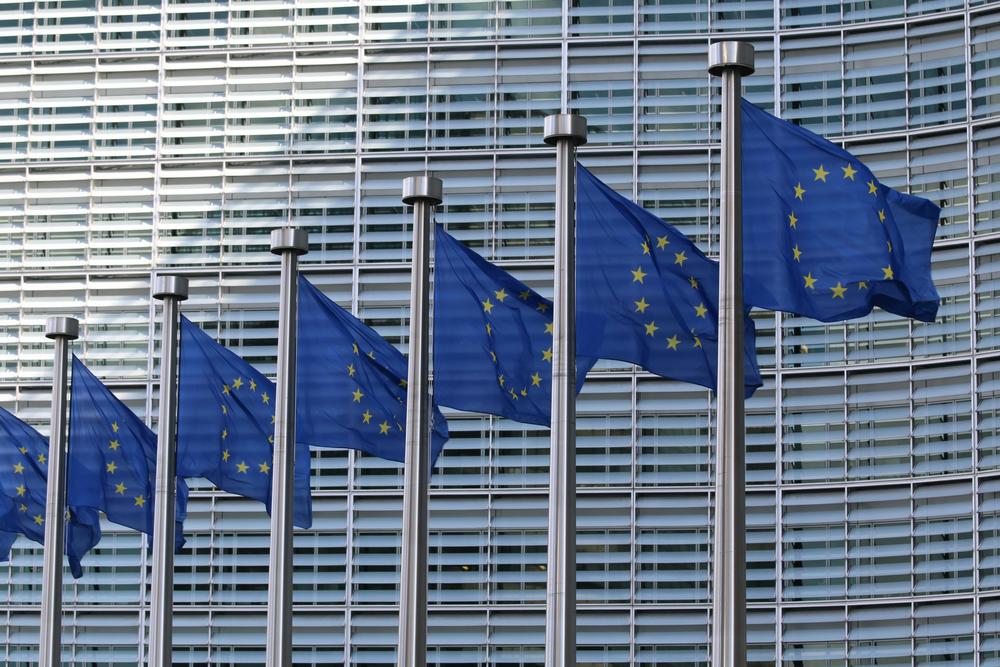Green Travel
What is 'green travel'?
The point of green travel is to make decisions that alleviate the negative effects that travel has on the environment as well as possible. Green travel takes the carbon footprint of travel into account as a whole, which means both the travel itself and the decisions made along the journey are considered. Traveling by land (trains, buses, carpooling) is highly recommended, due to its low emissions compared to for example flying.

Green travel also takes into account the other choices one makes, such as choice of accomodation, what & how much to pack and what kind of food to eat during the trip.
Why is 'green travel' important?
Green travel strives to create a reasonable balance between responsible tourism and environmental protection. The goal of sustainable travel is to have as little negative impact as possible on the ecology, culture, and economic growth of the destination country.
Sustainable travel is critical for the environment in order to preserve the destination's valuable and beautiful flora and fauna. It is important that the area's natural resources are used responsibly, with minimal environmental impact and pollution. Sustainable travel helps combat climate change by having a significantly lower carbon footprint in comparison to regular means of travel.
Traveling more ecologically and green can also help the culture of the destination by providing a good and sustainable livelihood for the locals, whilst helping in growing their region.
The EU and the 'Green Travel grant'

The European Commission founded the Green Deal program in 2020, with the purpose of promoting the green transition in Europe and reducing long term emissions. With the Green Deal, EU-funded mobility programs have focused on green travel.
In several volunteer projects of the European Solidarity Corps and Erasmus+ funded programs (e.g. Ready for Life), low-emission travel is supported. For example, the participants can receive an increased 'green travel grant' if at least 50% of the trip is made by environmentally friendly means of transport.
This can refer to one of the following options:
- The entire journey has been made by traveling by land.
- Most of the journey was made by land (OK if a small portion is made by air, but most of the journey should be by land. For example: a flight to better travel connections, from where the journey continues by land).
- One way of the trip was made by travelling over land, meaning there was no flight at all on the outbound trip.
As green travel often takes longer and may be slightly more expensive than a trip by air, Erasmus+ and the European Solidarity Corps have enabled additional travel days in several projects and an increased travel grant to support participants who choose to use means of green travel.
DiscoverEU
If you are 18 years old, you can apply for the DiscoverEU program through this website and travel across Europe by train for free. The application period opens twice a year, and if selected, you’ll receive a pass allowing you to explore Europe by train.